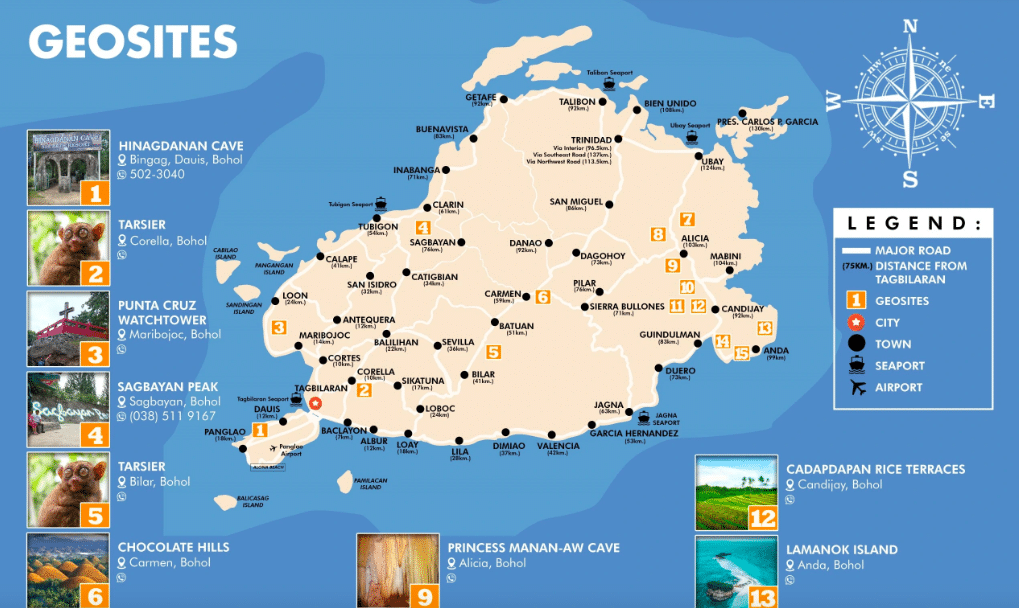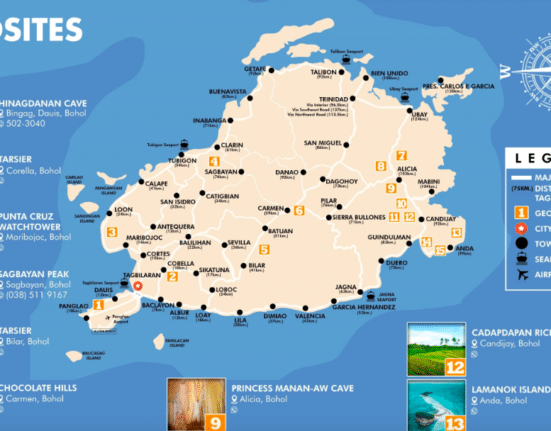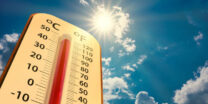Bohol has been added to the UNESCO list of Global Geoparks, a first for the Philippines, boosting its appeal as a travel destination.
Global Geoparks “are single, unified geographical areas where sites and landscapes of international geological significance are managed with a holistic concept of protection, education and sustainable development,” according to the United Nations Educational, Scientific and Cultural Organization.
In Bohol’s case, the UN agency said the province “abounds in karstic geosites such as caves, sinkholes and cone karst, including the famous cone-shaped Chocolate Hills.”
“The Danajon Double Barrier Reef along the northern coast is the only one of its kind in Southeast Asia and one of just six documented double barrier reefs on Earth; it provides visitors with a chance to discover 6,000 years of coral growth,” UNESCO said.
“Danajon Double Barrier Reef consists of two sets of large offshore coral reefs which were formed by a combination of favorable tidal currents and coral growth on a submarine ridge in the area.”
Home to around 1.4 million people, the province’s main industries include agriculture, fishing, aquaculture, and tourism.
“Tourism is growing in the area, which is a prime eco-cultural destination thanks to its white sand beaches, diving spots, magnificent geological formations, rich biodiversity, and cultural heritage. Its traditions and culture are proof of how its people adapted to their natural environment,” UNESCO said.
There are currently 195 UNESCO Global Geoparks spread across 48 countries.









